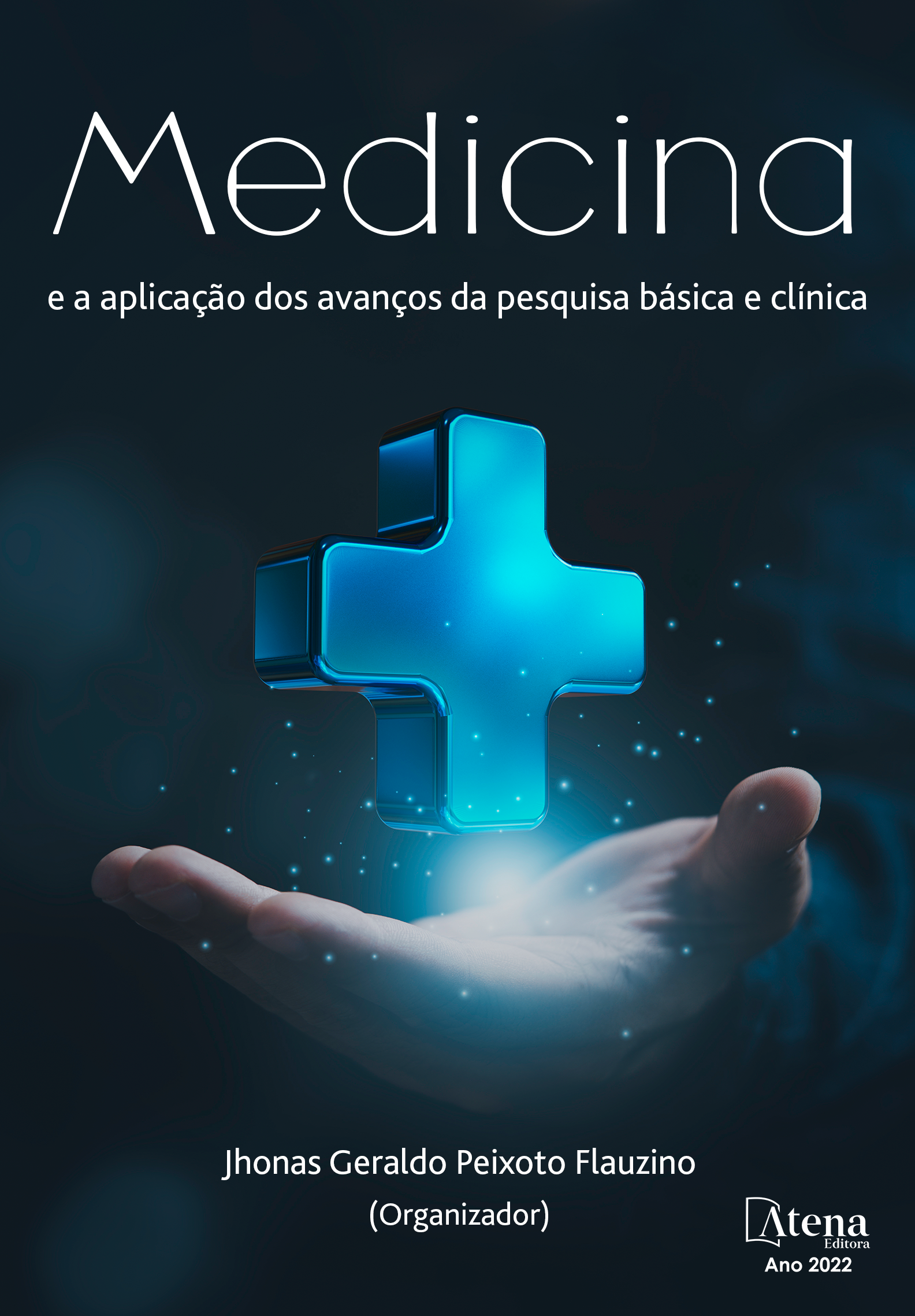
CORRELAÇÃO DE ACHADOS LABORATORIAIS COM GRAU DE APENDICITE AGUDA EM UM HOSPITAL UNIVERSITÁRIO DE CURITIBA
Introdução: Apendicite aguda é a principal causa de abdome agudo cirúrgico apresentado em unidades de emergências médicas no mundo. A demora no diagnóstico dessa patologia é prejudicial ao paciente, aumentando o índice de complicações. A realização de exames laboratoriais pode ser útil para identificar mais precocemente estes achados. Objetivo: O objetivo deste estudo foi avaliar as principais alterações laboratoriais em pacientes com apendicite aguda, sobretudo a leucocitose e desvio nuclear a esquerda, assim como sua relação com a fase evolutiva da enfermidade. Métodos: Estudo quantitativo, observacional transversal com delineamento retrospectivo. A população deste estudo foi composta de pacientes submetidos a cirurgia de apendicectomia no período de maio a agosto de 2016 em um hospital geral de alta complexidade da cidade de Curitiba, sendo estimada uma amostra censitária totalizando 82 pacientes. Resultados: A média de idade foi de 29,5 anos (com variação de 12 a 88 anos), composta discretamente por pacientes com predominância do sexo masculino (n=42; 51,2%). Em relação ao leucograma, 50 (63,4%) pacientes apresentavam valores <15.000 leucócitos por mm³, 18 (22%) apresentavam níveis entre 15.000 e 20.000 leucócitos por mm³ e 12 (14,6%) apresentavam taxas ≥ 20.000 leucócitos por mm³.Quanto ao desvio nuclear a esquerda, 78% (n=64) dos enfermos não apresentavam esta alteração. As variáveis avaliadas: sexo, idade e desvio à esquerda não apresentaram diferença estatística quando comparadas com a variação de grau apendicular. Em 58,4% dos pacientes com contagem de leucócitos totais ou maior ou igual a 20.000 leucócitos por mm³ houve perfuração apendicular (fase 4) (p<0,05). Conclusão: Houve significância estatística na correlação de grau de evolução da apendicite aguda com o número total de leucócitos, sendo este dado podendo ser utilizado pela prática clinica/cirúrgica como dado complementar para diagnóstico mais preciso das complicações desta patologia.
CORRELAÇÃO DE ACHADOS LABORATORIAIS COM GRAU DE APENDICITE AGUDA EM UM HOSPITAL UNIVERSITÁRIO DE CURITIBA
-
DOI: 10.22533/at.ed.7152229067
-
Palavras-chave: Apendicite aguada. Exames laboratorais
-
Keywords: Acute appendicitis. Laboratory tests.
-
Abstract:
Background: Acute appendicitis is the leading cause of acute surgical abdomen presented at medical emergencies in the world. The delay in the diagnosis of this pathology is detrimental to the patient, increasing the rate of complications. Laboratory tests may be useful to identify these findings earlier. Objective: The objective of this study was to evaluate the main laboratory abnormalities in patients with acute appendicitis, especially left leukocytosis and nuclear deviation, as well its relationship with the evolutionary stage of the disease. Methods: We conducted a cross-sectional study, observational, retrospective, quantitative approach. The population of this study was composed of patients undergoing appendectomy surgery from May to August of 2016 in a general hospital of high complexity in the city of Curitiba, estimating a census sample totaling 82 patients. Results: The mean age was 29.5 years (ranging from 12 to 88 years), composed discretely by patients with a predominance of males (n = 42, 51.2%). Regarding leukogram, 50 (63.4%) patients presented values of <15,000 leukocytes per mm³, 18 (22%) had levels between 15,000 and 20,000 leukocytes per mm³ and 12 (14.6%) had rates ≥ 20,000 leukocytes per mm³. As for the left nuclear deviation, 78% (n = 64) of the patients did not present this alteration. The variables evaluated: gender, age and left-sided deviation did not present statistical difference when compared with appendicular grade variation. In 58.4% of the patients with total leukocyte counts or greater or equal to 20,000 leukocytes per mm³ there was appendicular perforation (phase 4) (p <0.05). Conclusion: There was statistical significance in the correlation between the degree of evolution of acute appendicitis and the total number of leukocytes, which can be used for clinical / surgical practice as a complementary data for a more accurate diagnosis of the complications of this pathology.
-
Número de páginas: 6
- Henrique Leandro Braz


